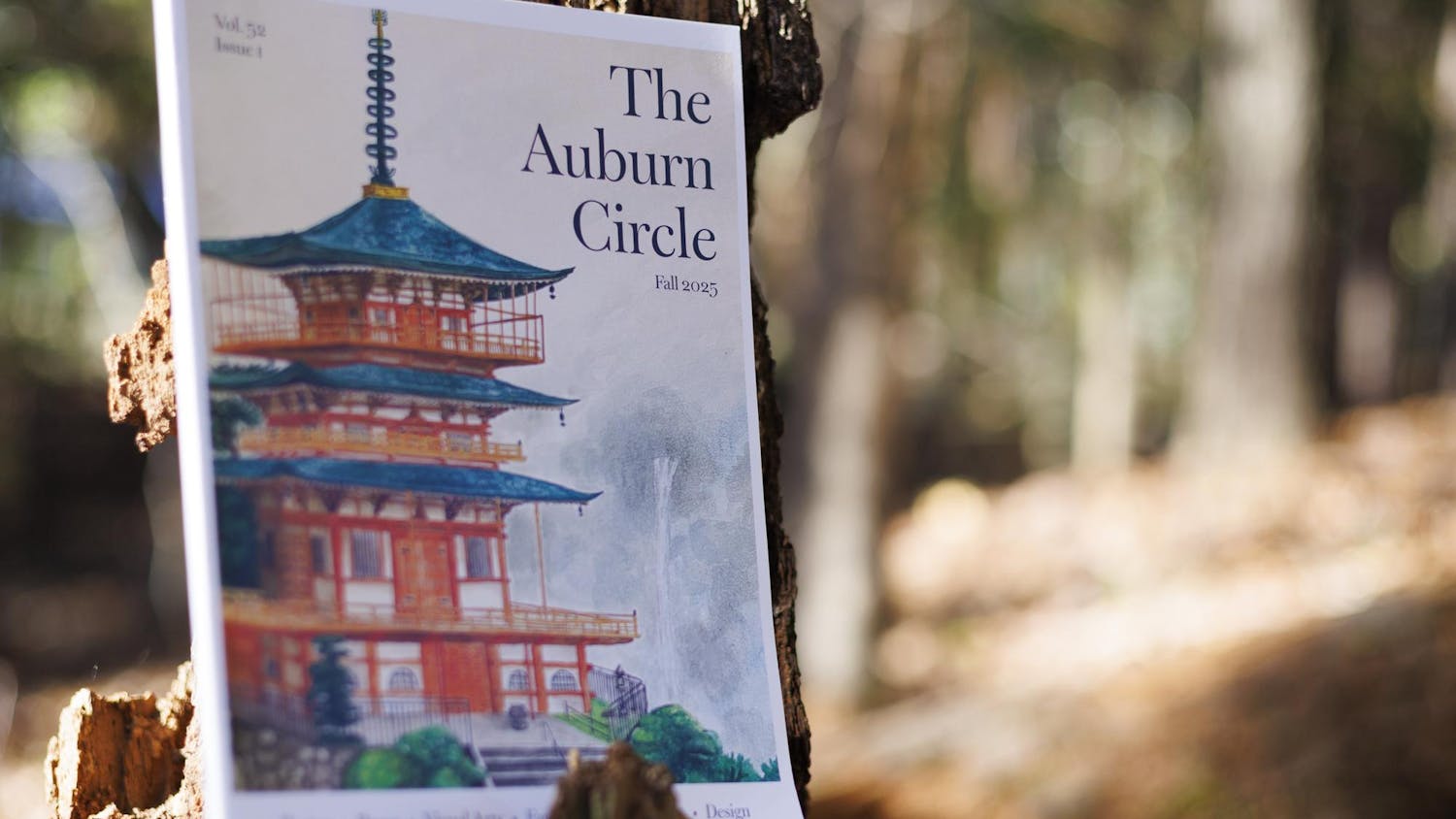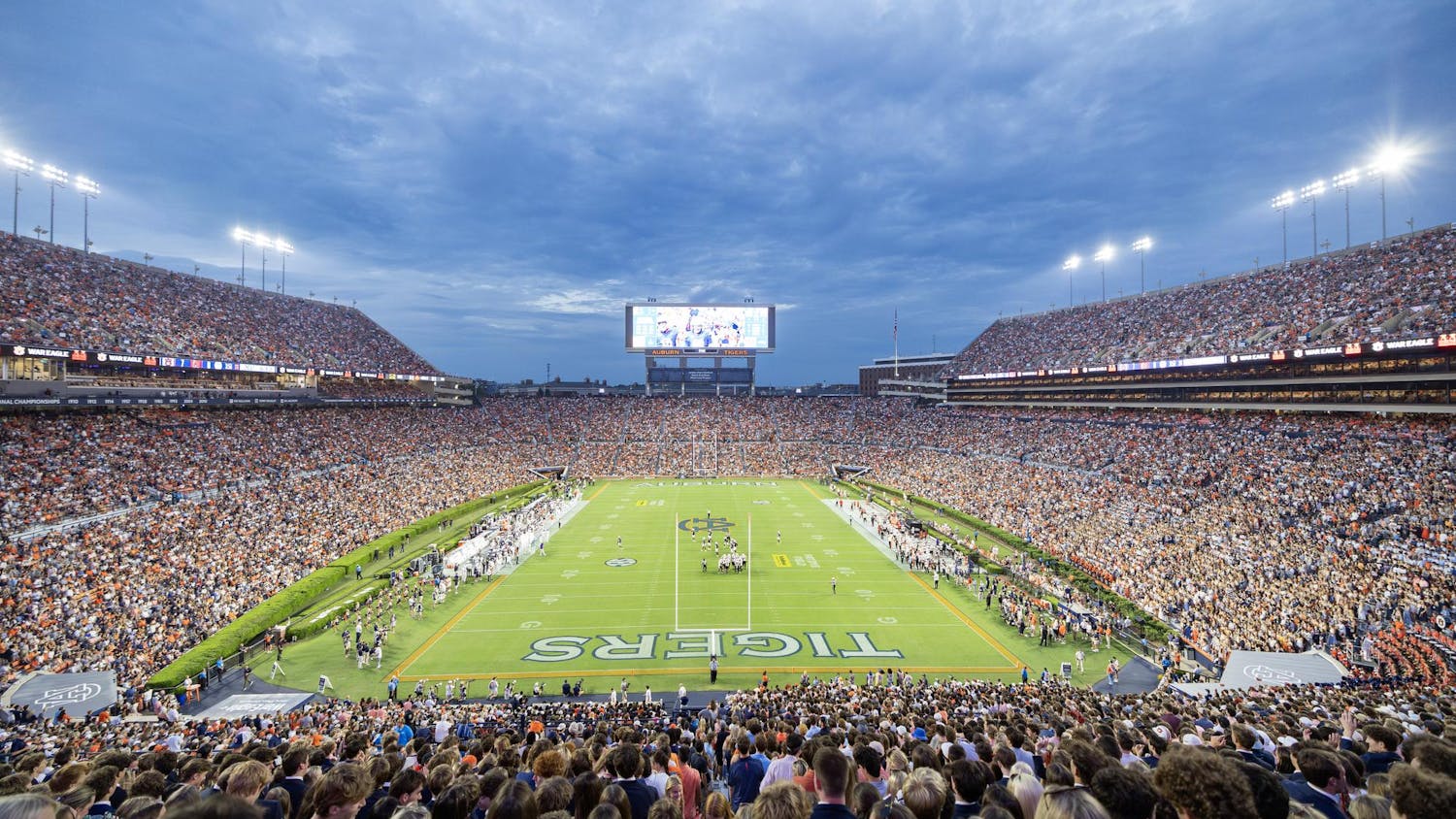There was an Auburn that few of the living remember, an Auburn that disappeared like Atlantis or the Roanoke Colony.
Its destruction was not due to divine annihilation or decimation by an enemy force, but by developers and other proponents of modernization who built the Auburn we see today.
Ralph B. Draughon Jr., Delose Hughes and Ann Pearson are three Auburn natives who have dubbed themselves, "The House Detectives."
In a presentation given in Ralph Brown Draughon Library last Thursday, they spoke about the Auburn of yesteryear.
"This is the next installment in the 'Discover Auburn' lecture series," said Dwayne Cox, head of special collections and archives for the Auburn University Libraries. "It is co-sponsored by the University libraries, by the Caroline Marshall Draughon Center for the Arts & Humanities in the College of Liberal Arts and sometimes by the (AU) Bookstore."
"The House Detectives'" mission is simple, to collect photographs of buildings in Auburn such as houses, schools and hotels that no longer exist for the purpose of publishing them in a book.
Draughon related stories of the town's founding, from Judge John J. Harper of Harris County, Ga., to the establishment of East Alabama Male College, which would eventually become Auburn University.
"Our town takes its name from an Oliver Goldsmith poem that celebrates 'Auburn, sweet Auburn, loveliest village of the plain,'" said Ralph B. Draughon Jr., member of "The House Detectives." "For much of our local history, Auburn indeed was a village and, particularly in the 19th century, visitors had pretense to think of it as lovely."
Draughon said it was the scenery and quality of people in Auburn that contributed to its growth.
"They complimented the ancient shade trees, the natural springs, the green spaces, the carefully maintained houses and so on," Draughon said. "Best of all, the village had a quality that is very important and very hard to define. It had character."
Though the photographs collected so far are extensive, there are many still needed. Auburn residents past and present are encouraged to step forward with any records or pictures they may possess.
"We want to solicit your help," Pearson said. "This is just a sampling of the photographs we have found so far that we want to collect into a book called 'Lost Auburn' that will be coming out sometime next year."
Side-by-side comparisons of homes with their modern sites were cited as evidence of the negatives of Auburn's modernization.
The residence of Cliff Hare, Auburn athletic director and namesake of Jordan-Hare Stadium, for example, was a large, columned, antebellum structure on Gay Street. What sits there now? A Taco Bell.
"Our bulldozers have done more damage to the town's historic character than the combined effects of hurricanes, tornadoes, fires, gas leaks, explosions and the depredations of Yankee soldiers," Draughon said. "Our problems do not stem from an invading army. To quote the comic strip 'Pogo,' 'we have met the enemy and it is us.'"
Information on potential photographs can be submitted to Pearson at 844-3660, Draughon at 887-8493 or Hughes at 821-1187.
Do you like this story? The Plainsman doesn't accept money from tuition or student fees, and we don't charge a subscription fee. But you can donate to support The Plainsman.




